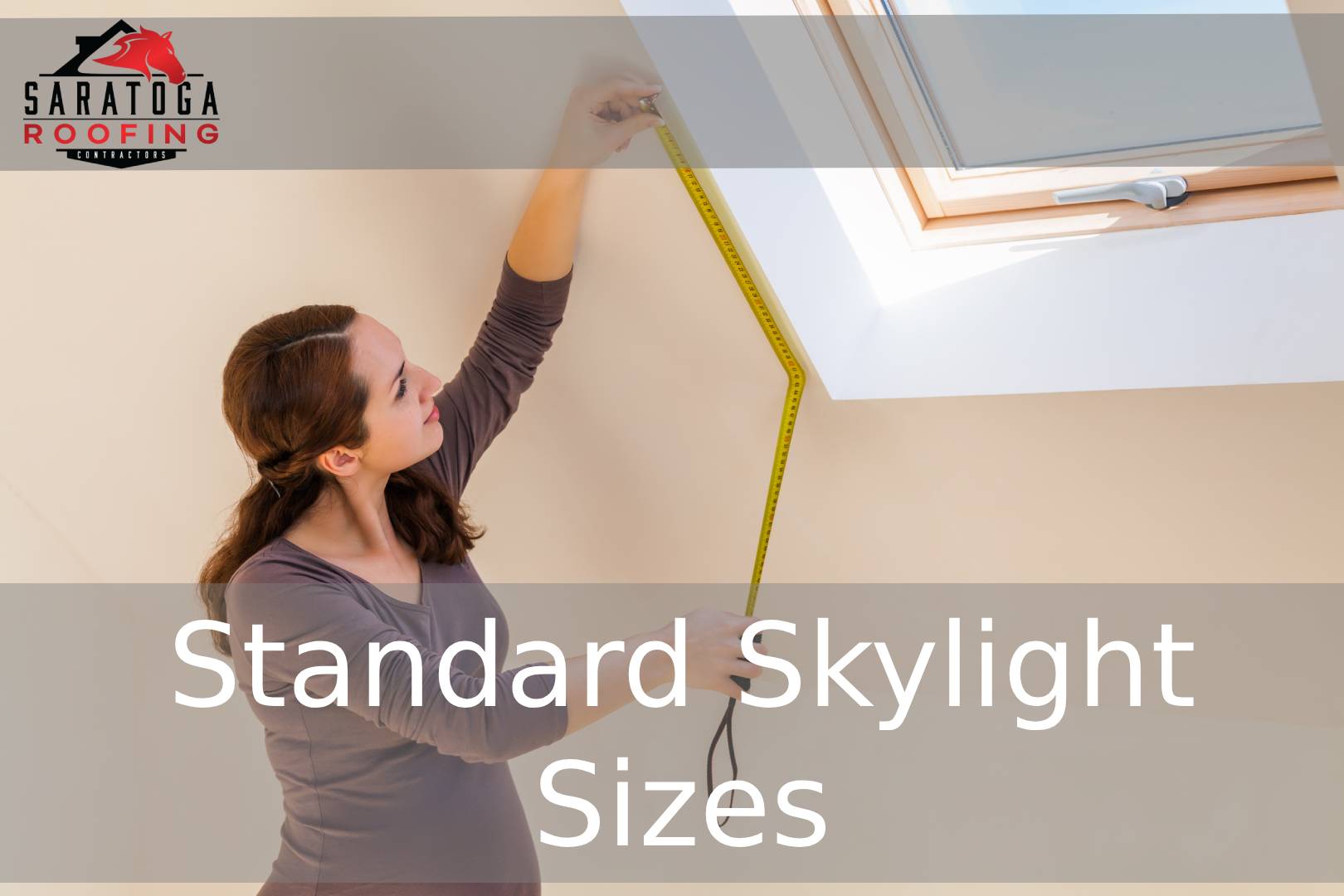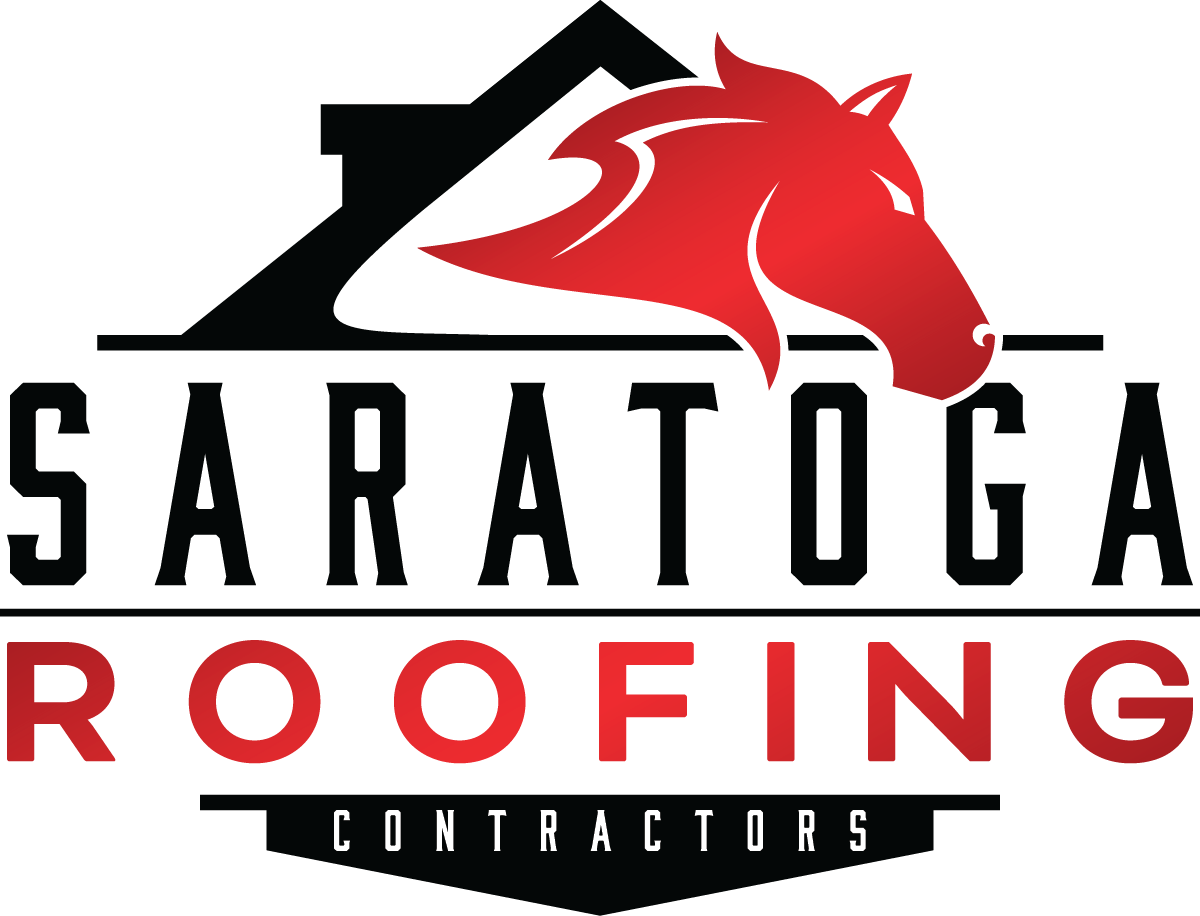
Skylights are a fantastic way to transform a room. They flood your space with natural light, making rooms feel larger and more inviting.
A skylight can provide almost twice the amount of natural light as a regular window, which can also help improve energy efficiency.
However, choosing the right size is crucial for both the aesthetic appeal of the room and the structural integrity of your roof.
While custom options are available, using standard skylight sizes is often more affordable and aligns with common construction practices.
This guide will walk you through how to choose the right skylight sizes for your home.
How to Choose the Right Skylight Size
Picking the perfect skylight involves more than just aesthetics; it’s about finding a size that fits your room and roof structure correctly.
Consider Your Room
A good rule of thumb is to base the skylight’s size on the room’s floor area.
For rooms that already have plenty of windows, the skylight area should be about 5% of the total floor area.
If the room has few windows and feels dark, you can increase the skylight area to as much as 15% of the floor space to brighten it up.
NOTE: These percentages are a great starting point, but the final size will also depend on your roof’s structure and your personal preference for light levels.
Factor in Your Roof Structure
You also need to consider your home’s roof structure.
Most homes in the U.S. have roof trusses or rafters spaced either 16 or 24 inches apart.
Standard skylights are designed to fit between these trusses without requiring significant structural changes.
For example, a common rough opening for a roof with 24-inch truss spacing is 22.5 inches wide.
This allows the skylight to be installed without cutting into the roof’s main supports.
Expert Tip: Cutting into roof trusses is a significant structural alteration.
If your desired skylight size requires this, it’s crucial to consult a professional.
A reputable company like Saratoga Roofing can assess your roof and ensure any necessary structural work is done safely and correctly, preventing future issues.
Common Standard Skylight Sizes
Standard skylight sizes are typically rectangular and come in a wide variety of dimensions.
This makes it easier to find an option that fits your needs without ordering a custom unit.
Here are some common ranges for standard skylight dimensions:
- Widths: Often range from 14 inches to 72 inches.
- Lengths: Often range from 16 inches to 96 inches.
It’s also important to know the mounting type, as this affects the required measurements.
The two most common types are deck-mounted and curb-mounted skylights.
A deck-mounted skylight attaches directly to the roof deck, while a curb-mounted one sits on a raised wooden frame, or “curb.”
NOTE: Always confirm the required rough opening dimensions for your chosen skylight model and mount type before cutting into your roof.
A Note on Tubular Skylights
For smaller spaces where a traditional skylight won’t fit, tubular skylights are an excellent alternative.
Brands like VELUX offer “Sun Tunnels,” which are designed to bring natural light into areas like hallways, closets, or small bathrooms.
These are much smaller and simpler to install.
Common diameters for tubular skylights are 10, 14, and 22 inches, providing a flexible solution for even the tightest spaces.
Your Next Steps
To recap, when choosing a skylight, remember to size it based on your room’s area, consider your roof’s structure, and stick to standard sizes to keep costs down.
While this guide provides a solid starting point, professional skylight installation is the key to ensuring a perfect, leak-free fit.
An expert can help you avoid common mistakes and ensure your new skylight performs beautifully for years to come.
If you have questions about choosing the right skylight sizes or need expert installation, contact the team at Saratoga Roofing for a consultation.
Frequently Asked Questions (FAQs)
What happens if I choose a skylight that is too big?
Installing a skylight that is too large for a room can create excessive glare and heat gain, making the space uncomfortable, especially during summer.
It may also require cutting roof trusses, which is a complex structural modification that needs a professional.
Can I install a skylight on any type of roof?
Skylights can be installed on most roof types, including shingle, tile, and metal roofs with pitches between 15 and 85 degrees.
However, the installation process varies, so it’s best to consult with a professional roofing company like Saratoga Roofing to ensure compatibility.
Do I need a permit to install a skylight?
In many areas, a building permit is required for skylight installation, especially if it involves altering the roof structure.
Always check with your local building department before beginning your project.
What’s the difference between deck-mounted and curb-mounted skylights?
Deck-mounted skylights have a lower profile and are attached directly to the roof deck.
Curb-mounted skylights are installed on a raised wooden frame (the “curb”), which is a good option for low-pitched or flat roofs to prevent water pooling.
Are there skylights that can open?
Yes, venting skylights can be opened manually or with a remote to allow fresh air into your home.
This feature can help improve ventilation and regulate indoor temperatures.
How do I prevent my skylight from leaking?
Proper installation is the most critical factor in preventing leaks.
This includes using the correct flashing kit for your roof type and ensuring all seals are watertight.
If you notice a leak, it’s important to schedule a skylight repair immediately to prevent water damage.
Will a skylight increase my energy bills?
Modern skylights are designed with energy efficiency in mind.
Look for models with features like double or triple-paned glass, low-emissivity (Low-E) coatings, and argon gas fills to minimize heat transfer and keep your energy bills low.
How long does a skylight last?
A professionally installed, high-quality skylight can last for 20 years or more.
However, the lifespan can be affected by factors like climate, maintenance, and the quality of the initial installation.
